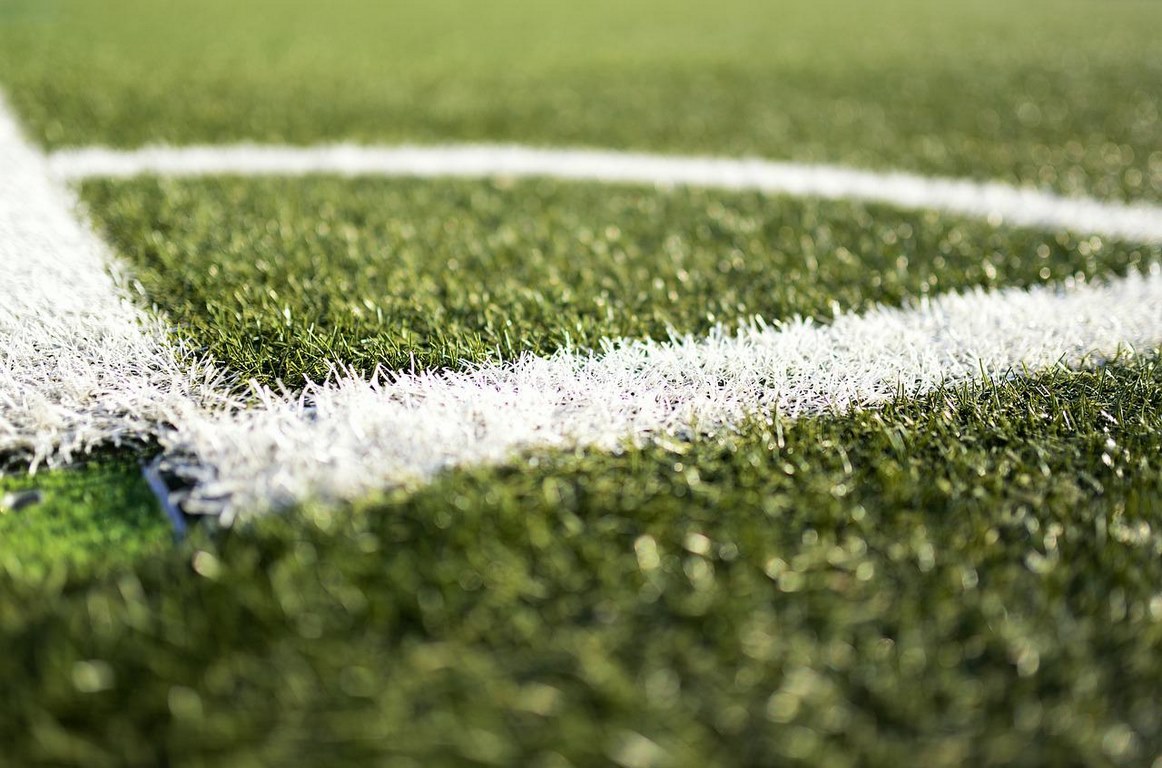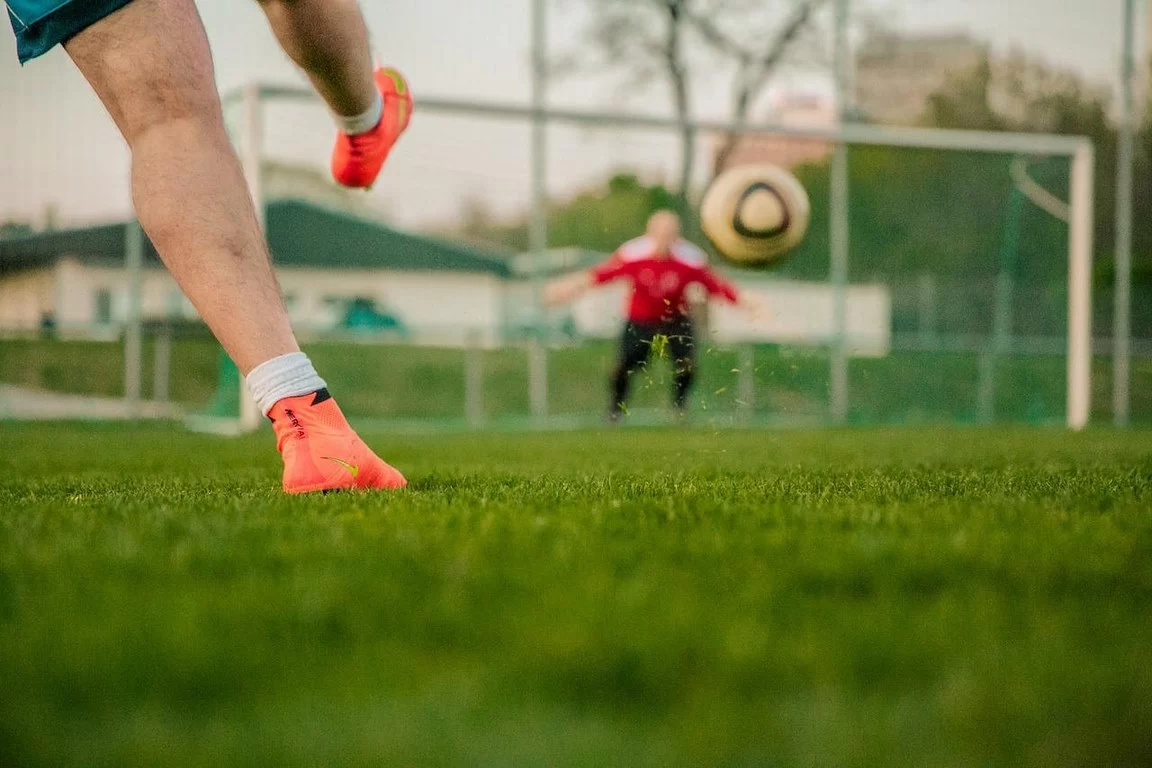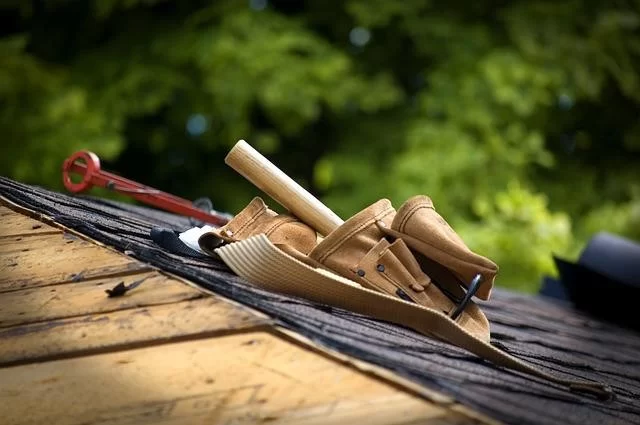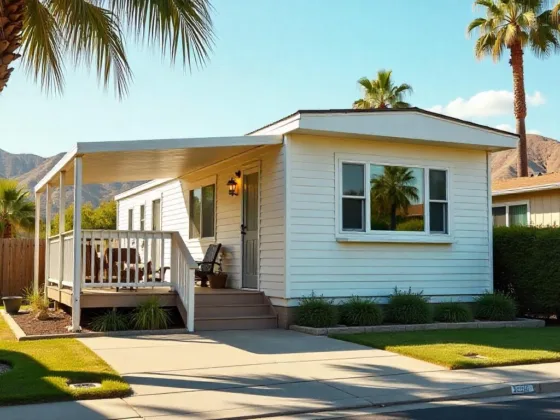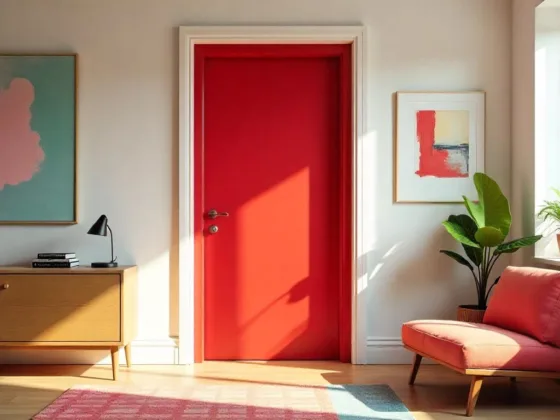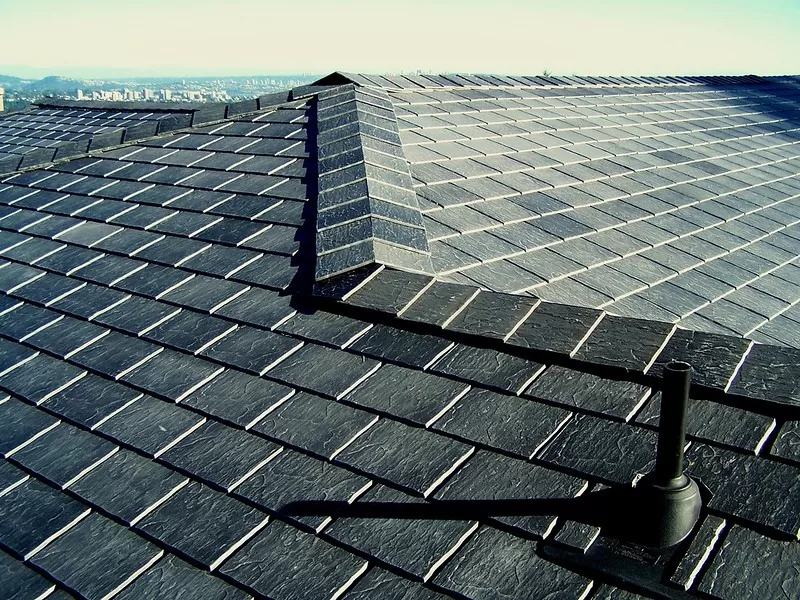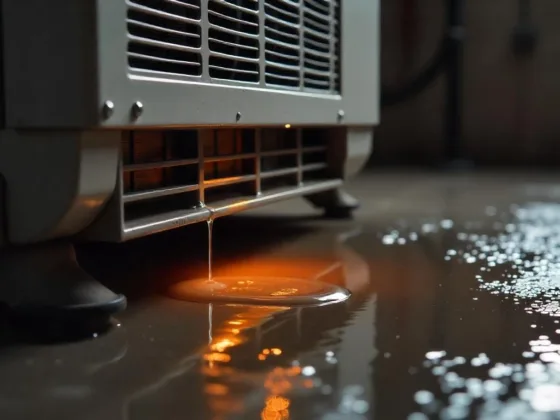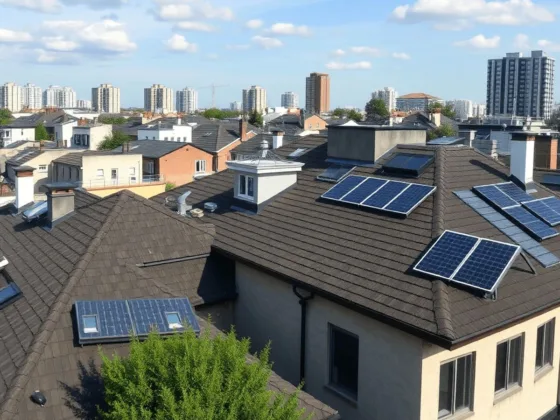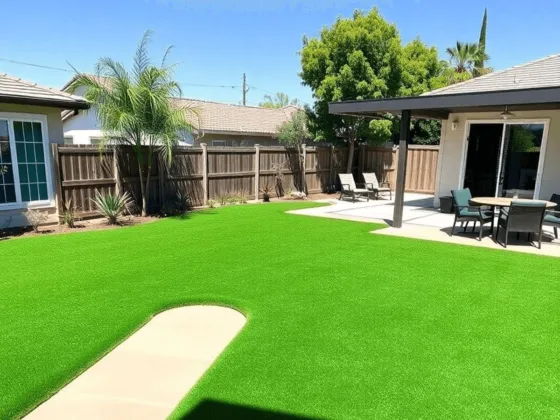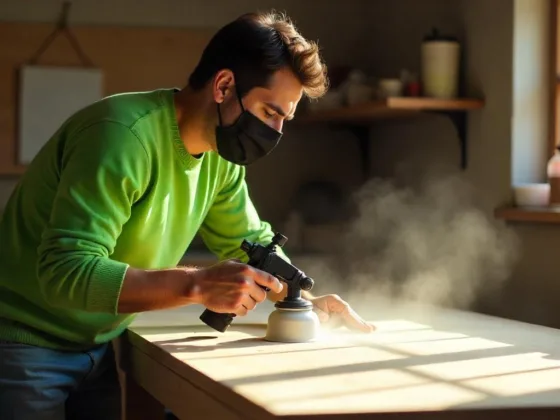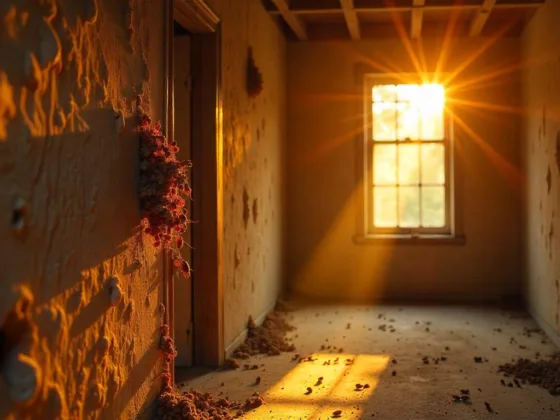If you want to have a beautiful lawn without the work and maintenance of lawn care, consider using artificial grass.
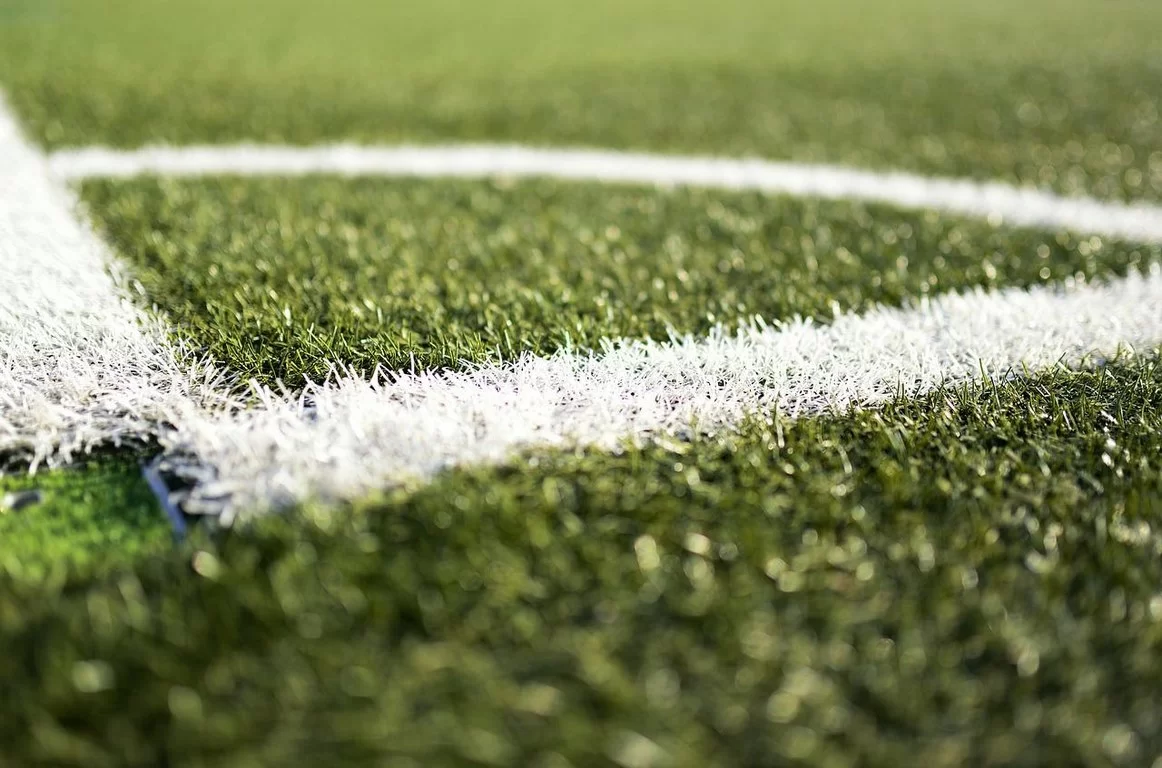
This type of grass is available in various colors and is made with lead-free and recyclable materials. If you are concerned about environmental impact, there are products that are made in the USA.
Artificial Grass is a Synthetic Grass
Turf is a material that simulates the look of natural grass. It is manufactured by machine stitching and comes in various pile heights. Turf is a cheaper alternative to real grass. These types of lawns (www.pinterest.com/artificial-grass-ideas/) that is popular in playgrounds, nurseries, schools, and other areas. It is also an eco-friendly alternative. The blades of turf are green and resemble natural grass.
Moreover, it does not fade in direct sunlight. Despite the green appeal of turf, its manufacturing processes are not entirely sustainable. Though most turf products are made of recycled material, turf is not totally biodegradable. Its main fibers are petroleum-based plastics and do not degrade over time. Some of them also do not degrade naturally.
For instance, nylon is one of the longest-lasting fibers in turf, but it can fade in direct sunlight and is abrasive. This may be problematic for people who trip and fall on it. Aside from being environmentally friendly, turf is also a practical option for landscape design.
Furthermore, it doesn’t attract outdoor pests. Thus, it can be used anywhere in your landscape. This type of grass is becoming increasingly popular, and it is an economical and eco-friendly solution for many landscaping applications. If you’re concerned about water conservation, turf can be a great solution for you.
Read Also:
It is not susceptible to Lawn Diseases
Whether you have an artificial lawn or a natural grass lawn, it’s important to maintain it properly to prevent the development of lawn diseases. Some lawn diseases are difficult to treat and may even spread from one area to another. These lawn diseases generally occur during the fall and spring months, but you can still prevent them from affecting your turf by keeping it clean.
To treat the lawn, you’ll first need to identify the cause of the disease. To treat the lawn for fungus, use a fungicide to control the spread of the infection, or ask the Artificial Grass Liquidators that you purchased for further advice. Certain types of grass are especially susceptible to lawn diseases, including Kentucky bluegrass, tall fescue, and bent grass.
You can also treat your lawn with a fungicide if you see any signs of lawn disease. However, it’s still best to follow manufacturer instructions and use recommended fungicides to prevent further infection. Red thread disease is a fungus that affects turf grass in the southeast.
You can treat this disease by using recommended fungicides and acidifying fertilizers. It’s also important to keep your grass mowed at a high enough height to minimize the risk of it spreading. Also, be sure to check that your grass isn’t exposed to pests like black mold and moss. The types of lawn diseases that affect your turf vary, depending on the climate and the way you maintain it.
You can prevent the disease by maintaining a balanced fertilization program. Avoid fertilizing the lawn in the fall, which will encourage the development of lawn diseases. Also, it’s important to avoid over-fertilizing your turf to prevent it from becoming susceptible to disease. There are several preventative measures to take, but they don’t always work.
It is Not Eco-Friendly
Many people wonder if the turf is really eco-friendly. Well, the answer is no, it is not. Turf uses turf seeds which are produced from petroleum. However, petroleum is not eco-friendly as it emits greenhouse gasses that are slowly suffocating the planet.
Moreover, synthetic grass does not require mowing, which means it is much more water-efficient. Despite its environmental benefits, turf is not as eco-friendly as natural grass. Although it looks greener, real grass isn’t. It’s made of chemicals that harm wildlife. In fact, according to this article, it is possible that some turf chemicals contain toxic levels that can pollute our lakes and streams.
These toxins can also harm fish, vegetation, and aquatic life. Faux grass isn’t recyclable and will end up in landfills. But it’s not all bad. Turf can survive for up to 25 years. Plastic that is used in the manufacture of turf is not eco-friendly. The process of creating plastic involves extracting raw materials from deep underground.
This means that the production of fake grass wastes lots of energy. Moreover, fossil fuels are a major contributor to climate change. The deforestation of the earth’s land can also increase CO2 levels. In addition, the production of turf may create microplastics. These particles can be found in our food, water, and air and are unfortunately unavoidable for most regular Americans.
